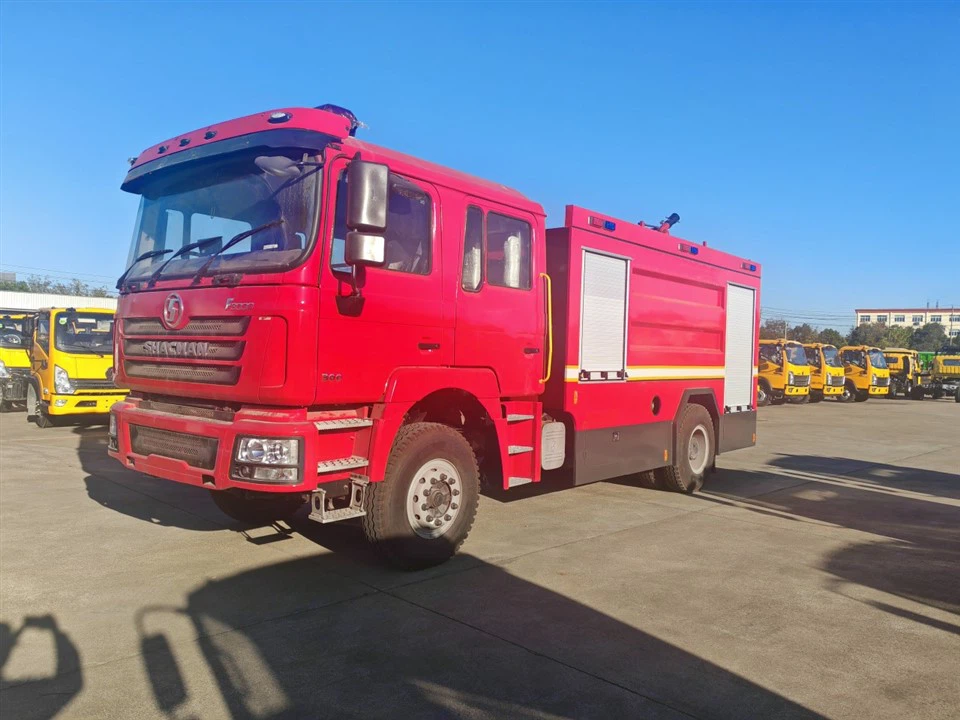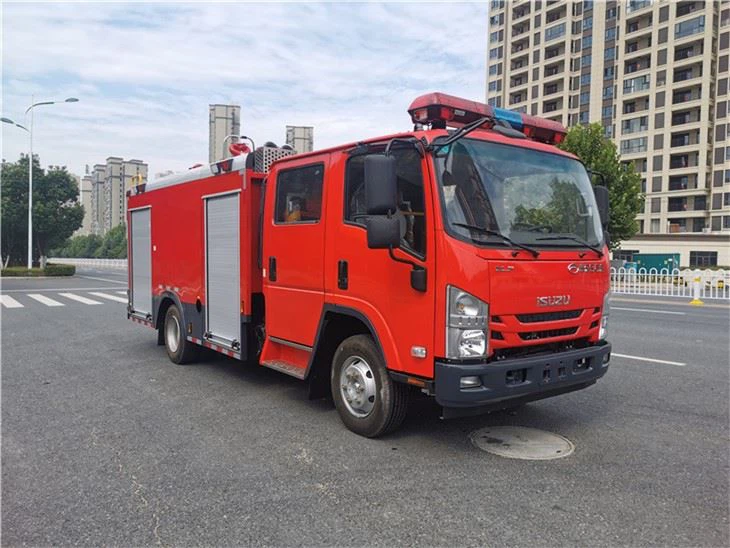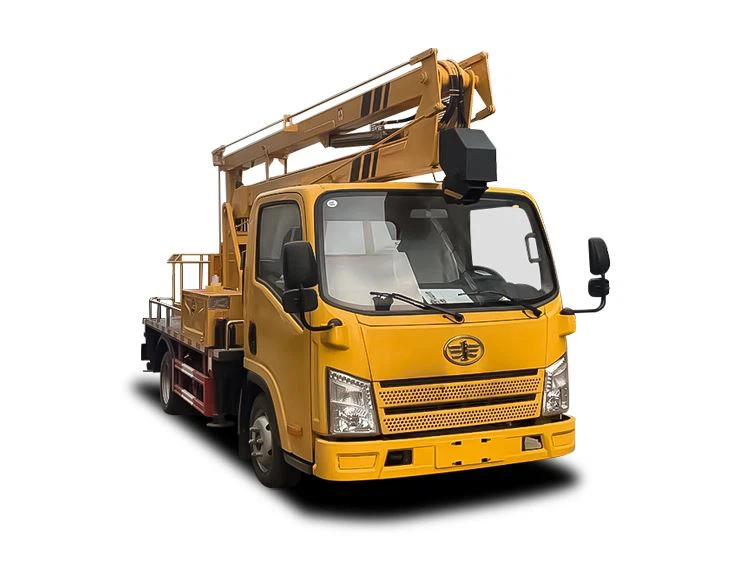Extended Cab vs Crew Cab Chevy: Choosing the Right Cab Style

Introduction

When it comes to choosing a Chevrolet pickup truck, one of the most crucial decisions is selecting the right cab style. Chevy offers various cab options, and among them, the extended cab and crew cab are two popular choices for different needs and lifestyles. Understanding the differences between extended cab and crew cab Chevy vehicles can help you make an informed decision based on your requirements for passenger space, cargo capacity, and overall versatility. In this comprehensive article, we’ll dive into the distinctions, advantages, disadvantages, and practical considerations of both cab styles to help you determine which is the right fit for you.
What is an Extended Cab?
Definition and Overview
The extended cab is a popular choice among Chevrolet truck enthusiasts who desire additional passenger space without sacrificing cargo capacity. Featuring rear seats that are smaller and more limited than those in a crew cab, the extended cab is designed for occasional extra passengers rather than everyday use.
Design Characteristics
- Typically, it comes with two full-size front doors and two smaller rear doors.
- Offers a slightly rearward seating area with limited legroom and headroom.
- Often equipped with the same bed length options as regular cabs.
Advantages of Extended Cab
- Cost-Effectiveness: Generally more affordable than crew cabs.
- Cargo Space: Maintains a larger cargo area due to a shorter overall cab length.
- Better Fuel Economy: Lighter weight may lead to slightly better gas mileage.
Disadvantages of Extended Cab
- Limited Rear Passenger Comfort: Rear seats may not be suitable for long journeys.
- Reduced Accessibility: Smaller rear doors can make entering and exiting the back seat difficult.
What is a Crew Cab?
Definition and Overview
The crew cab offers a spacious option for those who need to transport a larger number of passengers comfortably. With full-size rear doors and ample legroom, the crew cab is designed for families or individuals who frequently have passengers.
Design Characteristics
- Built with four full-size doors for easy access to both the front and rear seats.
- Provides more legroom and headroom in the rear than an extended cab.
- Available with various bed sizes depending on the model.
Advantages of Crew Cab
- Passenger Comfort: Offers ample space for up to five or six passengers, ideal for families.
- Convenience: Full-size doors allow for easy entry and exit for rear passengers.
- Versatility: Suitable for both work and leisure activities.
Disadvantages of Crew Cab
- Higher Cost: Typically more expensive than extended cab models.
- Larger Size: May be bulkier, making it more challenging to maneuver in tight spaces.
- Poorer Fuel Economy: Increased weight may lead to decreased fuel efficiency.
Extended Cab vs Crew Cab: Key Differences
Passenger Space and Comfort
One of the primary distinctions between extended and crew cabs is the amount of passenger space provided. Crew cabs typically offer significantly more legroom and headroom, making them ideal for families or those who regularly transport several passengers.
Cargo Capacity
When considering cargo capacity, extended cabs may shine due to their smaller cab size, allowing for a longer bed. This configuration is beneficial for those who prioritize hauling equipment, tools, or other items regularly.
Storage and Features

Both cab styles come with their own set of storage solutions. However, the crew cab often features more under-seat storage and additional compartments to accommodate the needs of larger families or groups.
Price and Value

Typically, the extended cab comes at a lower price point compared to the crew cab. If budget is a primary concern, the extended cab may provide better value without sacrificing essential features.
Driving Experience
From a driving perspective, the crew cab’s larger size can impact handling. Depending on your driving environment, the compactness of the extended cab allows for better maneuverability in urban or tight spaces.
Driving Needs and Usage
Your intended use for the vehicle is essential in determining which cab style to choose. If you often travel with family or friends, a crew cab could be more beneficial. Conversely, for utility-focused driving, the extended cab might fit your lifestyle better.
Practical Examples and Tips
Choosing Based on Family Size
If you have a larger family or often drive with passengers, opting for the crew cab ensures that everyone is comfortable, especially on long trips. On the other hand, if you mainly travel solo or only need rear seats occasionally, the extended cab could serve you adequately.
Consideration for Cargo Needs
For those in trades or industries that require transporting tools and equipment, consider how much cargo space you need. The extended cab typically allows for a longer bed, which can be a significant advantage.
Assessing Parking and Maneuverability
Before making a decision, evaluate the parking situations and driving environments you usually encounter. The extended cab may be easier to park in tighter spaces, whereas the crew cab may require more room.
Budgeting for Ownership Costs
Take into account the total cost of ownership, including insurance and fuel. The extended cab may result in lower long-term costs, freeing up funds for other necessities.
Model Comparisons: Chevy Silverado
Chevy Silverado Extended Cab Features
The Chevy Silverado in an extended cab configuration typically includes:
- Compact yet functional seating for occasional use.
- A variety of engine options, from V6 to V8.
- Configuration for either short or standard bed length.
Chevy Silverado Crew Cab Features
Conversely, a crew cab configuration comes with:
- Spacious rear seating with adult-friendly legroom.
- Advanced infotainment and tech features for passenger entertainment.
- Multiple bed length options to meet various cargo requirements.
Consumer Preferences and Trends
Market Trends in Cab Selections
Over the years, there has been a notable shift towards the preference for crew cabs among consumers. Factors such as the emphasis on family-oriented vehicles and lifestyle changes are driving this trend. Many individuals are now using pickups for their everyday vehicles, leading to increased demand for crew cabs.
User Feedback and Preferences
Surveys indicate that while some consumers appreciate the extended cab for its affordability, many value the convenience and comfort of the crew cab, especially for family outings and road trips.
Maintenance and Longevity Considerations
Maintenance Costs of Each Cab Type
While both cab styles generally share the same mechanical components, factors like overall wear and tear on the cab can influence maintenance costs. Crew cabs may experience more seat wear due to increased usage.
Longevity and Resale Value
Due to their versatility, crew cabs often boast better resale value. However, extended cabs are also desirable, especially among those seeking budget-conscious options.
Conclusion
Choosing between an extended cab and a crew cab Chevy depends on various factors such as your lifestyle, budget, and intended vehicle usage. By weighing the pros and cons of each option, as well as considering the needs of yourself and your passengers, you can select the perfect cab configuration to suit your driving habits.
FAQ
1. What is the main difference between extended cab and crew cab trucks?
The key difference lies in passenger space; crew cabs have full rear doors and more space, while extended cabs have smaller rear doors and limited passenger seating.
2. Which cab style is better for families?
The crew cab is generally considered better for families due to its larger backseat area and comfortable access.
3. How does fuel economy compare between crew cab and extended cab Chevy trucks?
Extended cabs usually have slightly better fuel economy due to their lighter weight, but the difference may not be significant depending on the engine used.
4. Are there any specific features unique to crew cab Chevy trucks?
Yes, crew cab models typically come with additional comfort features, better audio systems, and more storage options tailored for passenger comfort.
5. Is the resale value different between the two cab styles?
Yes, crew cabs typically have a higher resale value due to their popularity and versatility for everyday use.
6. Can I convert an extended cab into a crew cab?
No, converting an extended cab to a crew cab is not practical due to different structural designs; it’s best to choose the right cab style when purchasing.
